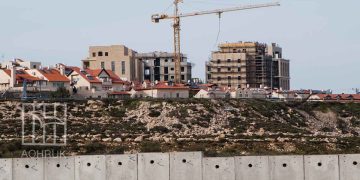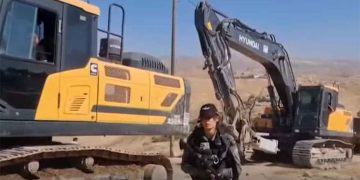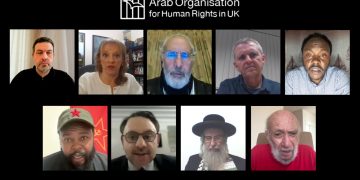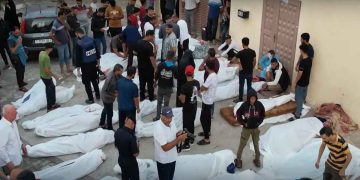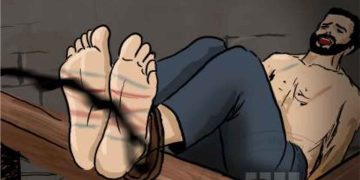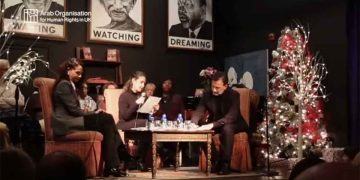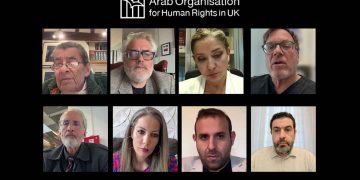Entry into Gaza by land is through seven crossing points. Nothing and no one can enter or exit the Strip except through these points, of which six are under Israeli control. The only border crossing not formally under Israeli control is through Rafah. In February 2005, the Israeli government voted in favour of the Disengagement Plan Implementation Law proposed by the then prime minister Ariel Sharon. The plan included the unilateral withdrawal of Israeli army from Gaza and the dismantling of all Israeli settlements in Gaza. The operation ended on the 12th of September 2005 with a declaration that Israeli rule over Gaza had ended. Israel retained exclusive control over Gaza’s airspace and territorial waters. In November 2005, Israel and the Palestinian Authority signed The Agreement on Movement and Access with Egyptian blessing and European supervision allowing the PA to operate the Rafah crossing in the presence of closed circuit cameras broadcasting footage to the Israeli side. The number of travellers increased to 1320 a day following the agreement. In January 2007, Hamas seized full control of the Gaza Strip prompting PA forces and European monitors to relinquish control over the Rafah border crossing to Hamas.
A very harsh blockade imposed on the Gaza Strip by the Egyptian and Israeli sides aggravated poverty and levels of unemployment in Gaza and made it increasingly difficult for residents to travel outside Gaza, including students, the sick and those with special needs. This prompted activists from around the world to organize a flotilla of three passenger and three cargo ships carrying activists and aid. Israeli forces raided the flotilla on the 31st of May 2012 and killed nine activists and wounded scores of others.
Gazans sought other alternatives to access the outside world in the form of underground tunnels stretching from Gaza into Egypt. The tunnels provided Gazans with much-needed foodstuffs, medications, and basic daily needs despite the closure by Israel of the six crossings with Gaza.
During the blockade on Gaza, Israel launched major assaults on the Strip; Operation Cast Lead (2008-2009), Pillar of Defense (November 2012), and Operation Protective Edge (July 2014) killing and wounding thousands of Gazans. The attacks destroyed Gaza’s infrastructure, leveled many public and private buildings, and inflicted massive losses on the Palestinian economy.
On the 3rd of June 2013, a military coup in Egypt ousted the country’s first democratically elected leader, President Mohammed Morsi. The Rafah crossing was immediately closed and the process of destroying underground tunnels intensified. Egyptian authorities refused to heed international calls to reopen the crossing. Only very few people with special needs were allowed to cross through Rafah.
The number of Palestinians crossing into and out of Egypt through Rafah reached 123,459 during the first half of 2013 compared with 28,819 during the second half, a 77% decrease. In 2014, the Rafah crossing was open on 124 days out of 366 (38% of the year) at a rate of 5 hours a day. Approximately 52431 travellers crossed through Rafah in 2014.
As an occupied territory, it is the responsibility of the Occupation government of Israel to ensure the safety and welfare of the people of Gaza and respect their human rights as stipulated by the Geneva Conventions which also oblige the Egyptian government to offer all forms of assistance to lessen the impact of the blockade. The Egyptian government has opted instead to collaborate with the Israeli government by bolstering the blockade and closing the Rafah crossing in a glaring violation of people’s basic right to travel and to free movement.

